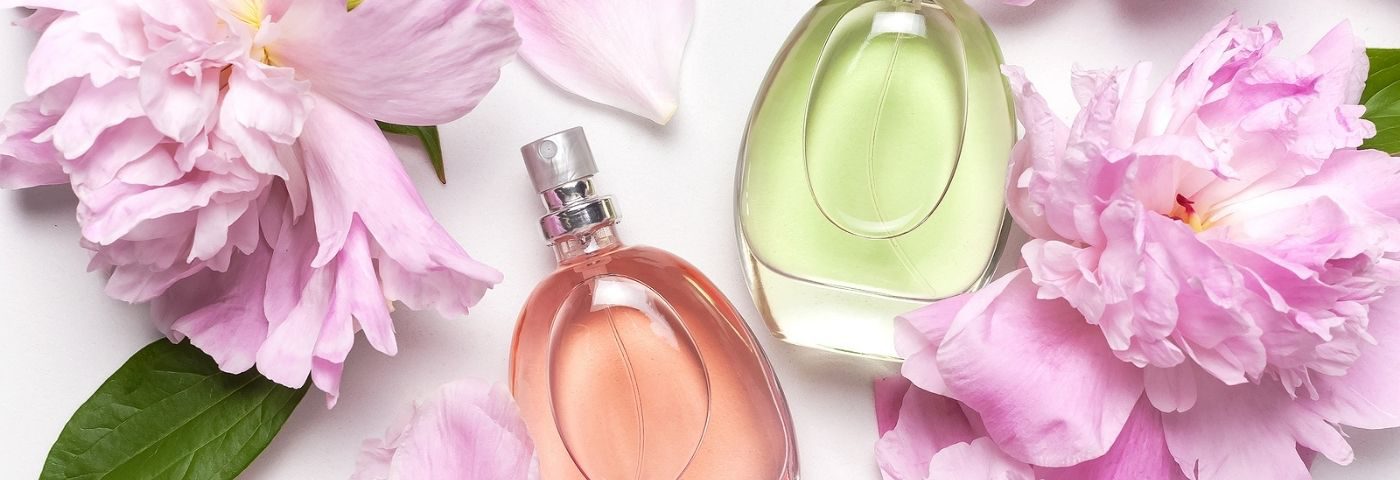How can something that smells so good be the bad smell of the cosmetic formulation world?
I’ve been asked a lot recently whether or not to add fragrance to products. Once upon a time fragrance was the hero of a product – think highly perfumed pots of Ponds cold cream. But today fragrance is not so much the hero and is instead included in product formulation to support the hero actives and to enhance the product design. I’m also seeing a trend with it being used for “mood beauty” providing an aroma-therapeutic effect.
That led me to think about the increase in clients requesting their product designs to not include a fragrance. In these cases, they’re usually looking for the “less is more” approach and keep on-side with the change in consumer demand.
So, I ask the question, “how can such a beautiful thing such as fragrance or parfum fall so quickly from grace?”
The digital effect
The power of the digital world has become the provider of misinformation and individual opinions, often with no sound or relevant scientific proof. Or worse – with misleading or false information. The word scaremongering comes to mind.
For example, if you type “is fragrance in beauty products bad for you” into Google, you are instantly hit with headings including red-flag words such as “health risk, allergens, toxic chemicals, cancer, hair loss, sensitivity, unsafe” … and the list goes on.
First, let’s answer the question, why are clients and consumers asking for “fragrance-free”?
There are two simple answers:
-
- First, because cheaply replicated fragrances which emerged some time ago, and subsequently put into products, are most definitely not good for you
- Second, because even the most divine, quality fragrance or parfum still contains allergens (including natural). Therefore 100% natural products = zero traditional delicious, evocative, sensual fragrances.
Fragrance was once included in a product formulation to mask the aroma of the other ingredients. Without fragrance, you still have a sometimes-sterile aroma of the emollients, extracts, emulsifiers, surfactants, preservatives, and other such things. It’s slightly medicinal and quite earthy. I’m sure you know the scent I mean.
But without adding fragrance to your product, you do two things:
1) eliminate the potential for allergens
2) reduce the overall cost of goods
But what a bland world we would live in!
As a product designer and formulator, fragrance completes and compliments my product creations. Many times I’ve sampled a pot of something and I always inhale for the aroma, even when I’m told it is fragrance-free. I’m a pro-natural product gal, but I have to admit I am always disappointed when there is only a slight aroma of the base ingredients.
Balanced fragrance creation demands the use of good quality ingredients, no shortcuts allowed. The wonderful thing is, these days we can have fragrances created with no or low-allergen profiles, and when they’re used at a low percentage governed by global cosmetic regulations, they are the perfect accompaniment to any product.
As mentioned above, the thing that gives fragrance a bad name is the quality that is replicated on the market with cheap copies of fragrances that have the potential to cause consumer issues and products that have included fragrance at a high percentage inclusion resulting in an over-fragranced product.
Positive fragrance
Lucky for us, there are scent-worthy people in the world who are trying to bridge the gap between fine fragrance and natural beauty. Enter Abel Odor – a company set on creating the world’s best 100% natural perfume, without compromising on ethics or aesthetics. Their issues with synthetic fragrance are that they are sourced from fossil fuels which are a non-renewable resource, they are non-biodegradable pollutants, and have links to health concerns. Funnily enough, all the things we don’t think about when inhaling the familiar waft of our favourite scents. But this is good news for the cosmetics industry.
A major global New Zealand haircare brand I recently had the pleasure of consulting with, reduced their fragrance to a very minimal amount to respond to consumer demand. Haircare has always been about fragrance, but now it’s about the surfactant blend, actives and effective functioning on the hair. But together we proved that quality haircare doesn’t have to smell boring – especially when they’ve had some excellent feedback on the way their products smell.
In both examples, we see that there’s no need to completely ditch the fragrance as a knee-jerk reaction to consumer demand. The rise of Clean Beauty is sweeping up various ingredients that were once considered safe and mainstream but personally, I’ve come to the realisation that balance is key and fragrance is something we can all enjoy and consider being part of our cosmetic formulations.
Want to know more? Find out about the sustainable ingredients used to make quality fragrance

